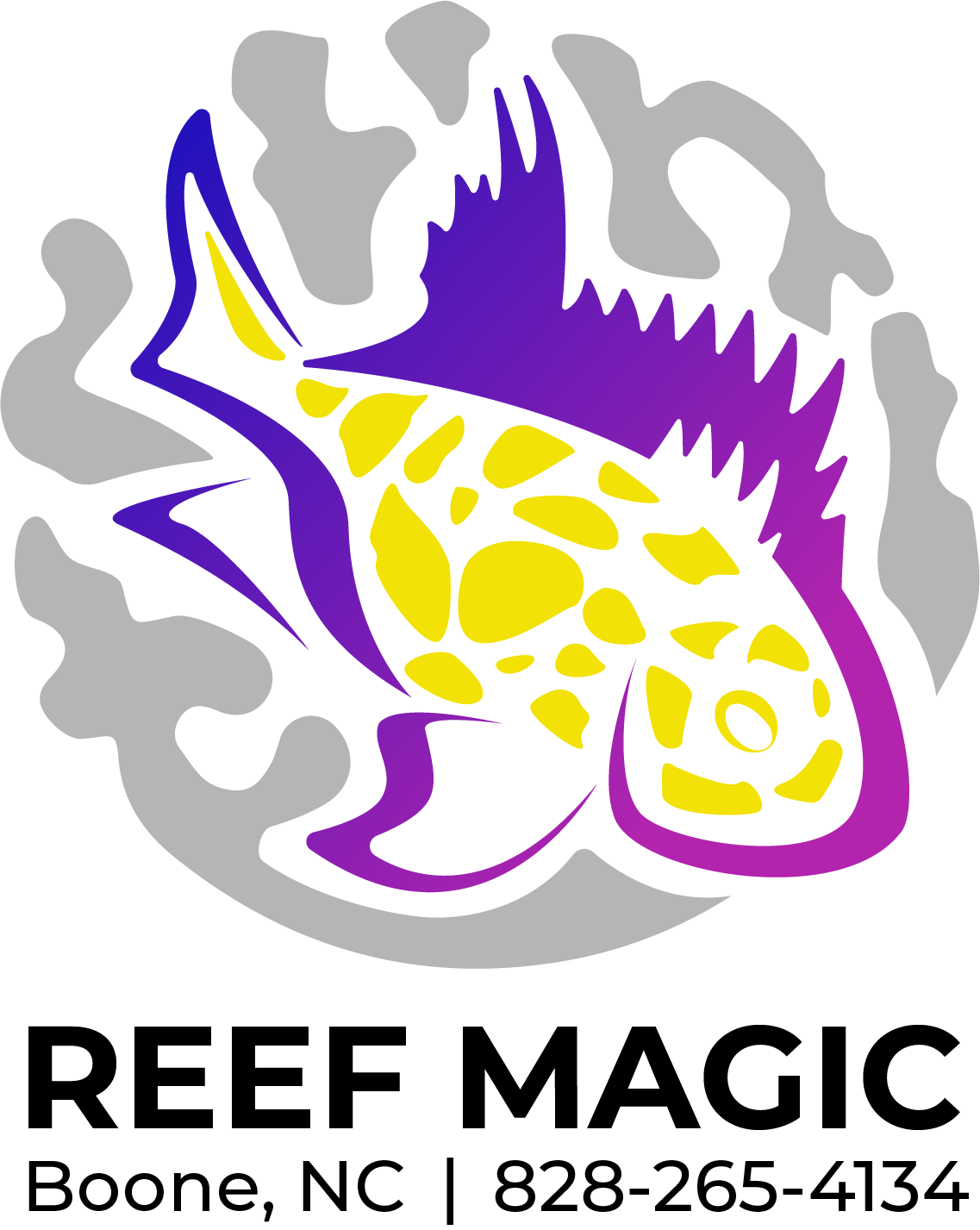 Image 1 of 1
Image 1 of 1


Anthias - Borbonius
The Blotched Anthias also known as the Borbonius Anthias (Pseudanthias maculosus) is a beautiful species of anthias found in the wild. Here are the general requirements for keeping blotched anthias in an aquarium:
Tank size: Blotched anthias require a tank with a minimum capacity of 75 gallons (284 liters) for a small group. Larger tanks are preferable, especially for larger groups, as these fish need ample space to swim and establish territories.
Water parameters: Blotched anthias thrive in a marine aquarium with stable water conditions. The ideal temperature range is around 74-78°F (23-26°C), and the pH should be maintained between 8.1 and 8.4. The specific gravity should be kept between 1.020 and 1.025, and the ammonia and nitrite levels should be at zero.
Tank setup: Provide plenty of open swimming space while also incorporating live rock formations to create hiding spots and territories for the anthias. The addition of caves, crevices, and other structures can help reduce aggression and provide shelter. Ensure proper water flow and filtration to maintain water quality.
Lighting: Blotched anthias typically appreciate moderate to high lighting levels. Utilize lighting systems appropriate for reef aquariums to support the health of any photosynthetic organisms in the tank.
Diet: Blotched anthias are carnivorous and primarily feed on zooplankton in the wild. Offer them a varied diet consisting of high-quality frozen or live foods such as mysis shrimp, brine shrimp, copepods, and other small meaty foods. It's beneficial to feed them multiple small meals throughout the day to mimic their natural feeding behavior.
Social behavior: Blotched anthias are social fish that live in harems consisting of one dominant male and multiple females. It's important to maintain a proper male-to-female ratio to prevent aggression among males. Ideally, keep a group of one male with several females to ensure their well-being and minimize stress.
Tankmates: When selecting tankmates for blotched anthias, choose peaceful species that are compatible with reef aquariums. Avoid aggressive or territorial fish that may intimidate or harm the anthias. Anthias can be more vulnerable and may be outcompeted for food by more aggressive tankmates, so choose tankmates wisely.
Remember, the specific requirements for blotched anthias may vary slightly based on individual fish and the conditions of your aquarium. It's always advisable to research the specific needs of the species, consult reputable sources, and seek advice from experienced aquarists to provide the best care for your fish.
The Blotched Anthias also known as the Borbonius Anthias (Pseudanthias maculosus) is a beautiful species of anthias found in the wild. Here are the general requirements for keeping blotched anthias in an aquarium:
Tank size: Blotched anthias require a tank with a minimum capacity of 75 gallons (284 liters) for a small group. Larger tanks are preferable, especially for larger groups, as these fish need ample space to swim and establish territories.
Water parameters: Blotched anthias thrive in a marine aquarium with stable water conditions. The ideal temperature range is around 74-78°F (23-26°C), and the pH should be maintained between 8.1 and 8.4. The specific gravity should be kept between 1.020 and 1.025, and the ammonia and nitrite levels should be at zero.
Tank setup: Provide plenty of open swimming space while also incorporating live rock formations to create hiding spots and territories for the anthias. The addition of caves, crevices, and other structures can help reduce aggression and provide shelter. Ensure proper water flow and filtration to maintain water quality.
Lighting: Blotched anthias typically appreciate moderate to high lighting levels. Utilize lighting systems appropriate for reef aquariums to support the health of any photosynthetic organisms in the tank.
Diet: Blotched anthias are carnivorous and primarily feed on zooplankton in the wild. Offer them a varied diet consisting of high-quality frozen or live foods such as mysis shrimp, brine shrimp, copepods, and other small meaty foods. It's beneficial to feed them multiple small meals throughout the day to mimic their natural feeding behavior.
Social behavior: Blotched anthias are social fish that live in harems consisting of one dominant male and multiple females. It's important to maintain a proper male-to-female ratio to prevent aggression among males. Ideally, keep a group of one male with several females to ensure their well-being and minimize stress.
Tankmates: When selecting tankmates for blotched anthias, choose peaceful species that are compatible with reef aquariums. Avoid aggressive or territorial fish that may intimidate or harm the anthias. Anthias can be more vulnerable and may be outcompeted for food by more aggressive tankmates, so choose tankmates wisely.
Remember, the specific requirements for blotched anthias may vary slightly based on individual fish and the conditions of your aquarium. It's always advisable to research the specific needs of the species, consult reputable sources, and seek advice from experienced aquarists to provide the best care for your fish.

